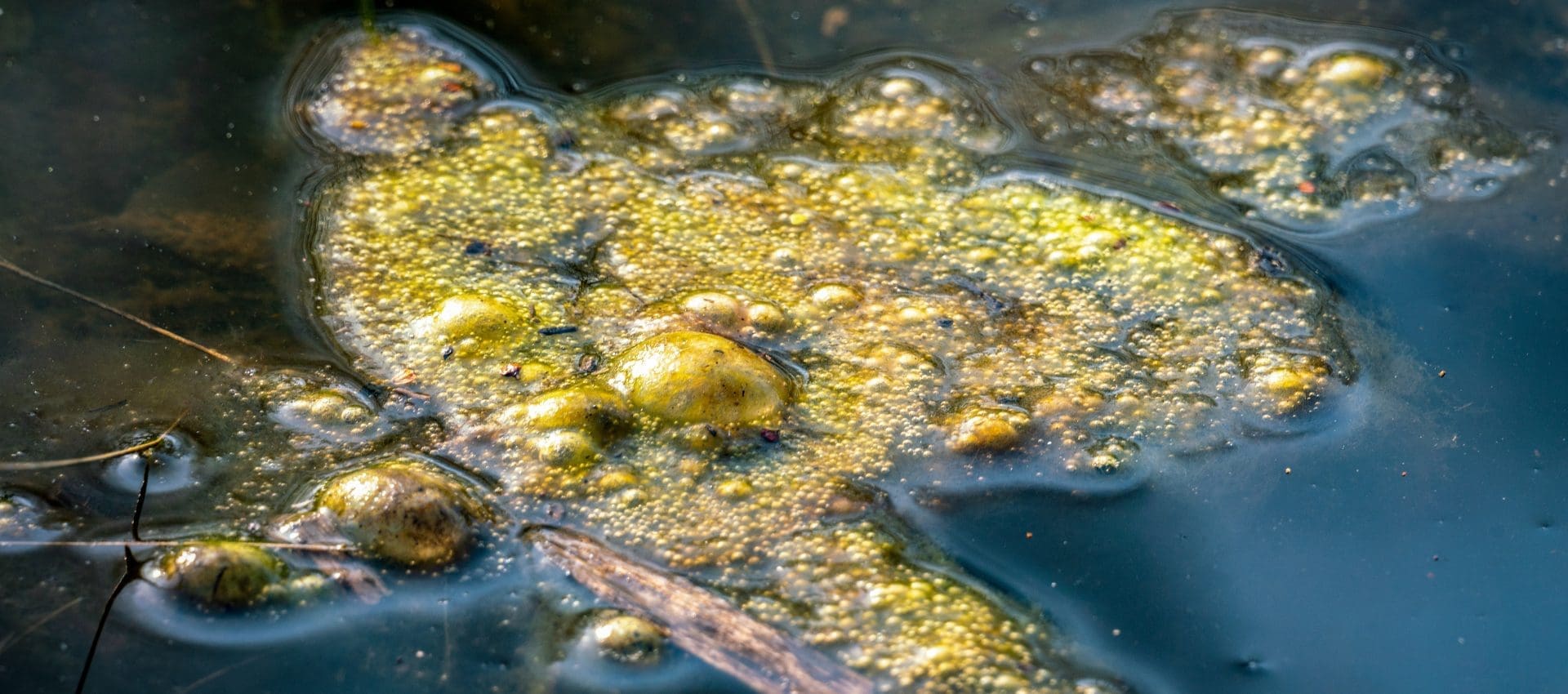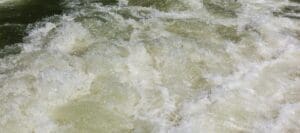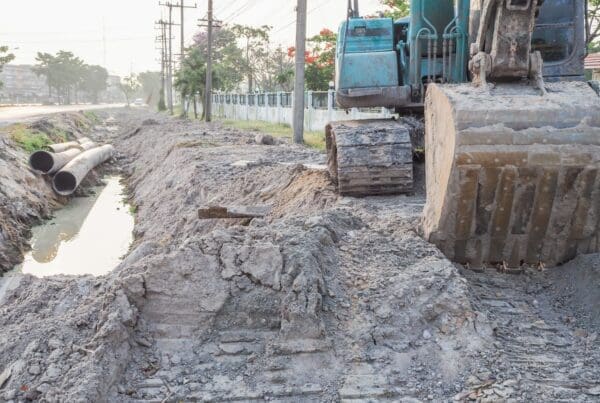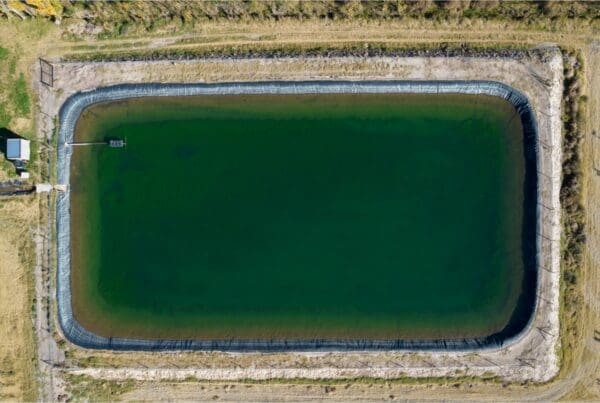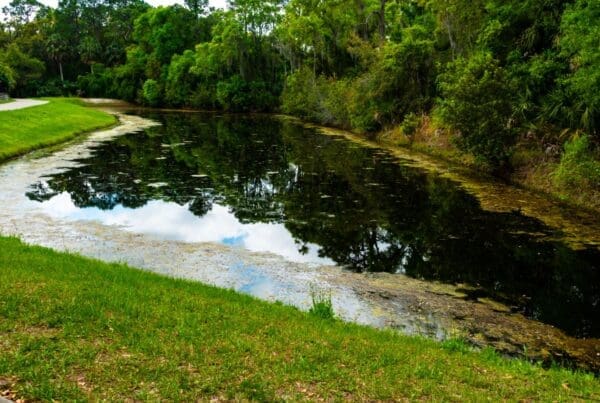Ponds are tranquil and beautiful features that enhance the natural beauty of any landscape. However, without proper maintenance, ponds can develop a layer of unsightly sludge that not only affects their aesthetic appeal but also poses risks to water quality and aquatic life. In this blog post, we will delve into the science behind pond sludge buildup, explore its causes and consequences, and provide effective solutions for pond sludge removal.
Pond Sludge: Understanding the Basics
Before we discuss removal options, it’s important to understand what exactly pond sludge is. Pond sludge consists of both organic and inorganic matter that accumulates at the bottom of ponds over time. Organic sludge is primarily composed of fish waste, decaying plant matter, and other biological materials, while inorganic sludge typically includes sediment, silt, and debris
-
-
- Causes of Sludge Buildup: Several factors contribute to the accumulation of sludge in ponds. Fish waste, such as uneaten food and excrement, releases excess nutrients into the water, promoting the growth of algae and aquatic plants. Additionally, decaying plant matter, runoff from fertilized lawns and gardens, and atmospheric pollutants also contribute to the nutrient load in the pond, further fueling sludge growth.
- Negative Consequences of Sludge Accumulation: Excessive sludge buildup can have detrimental effects on water quality and the overall health of the pond ecosystem. As sludge decomposes, it consumes oxygen, leading to decreased dissolved oxygen levels in the water. This can be harmful to fish and other aquatic organisms, potentially even causing fish kills in severe cases. Sludge also reduces water clarity, making the pond appear murky and unappealing. Furthermore, sludge can release toxins into the water, further compromising the health of the pond’s inhabitants.
-
How to Remove Pond Sludge: Quick Actionable Options
Pond sludge removal through dredging is of paramount importance in maintaining a pond’s health and vibrancy. Regular maintenance not only enhances the aesthetic appeal of the pond but also ensures a sustainable environment for the aquatic life inhabiting it. Accumulation of sludge can lead to an array of problems such as oxygen depletion, increased toxicity, and proliferation of harmful pathogens. Timely and regular removal of sludge helps prevent these issues. Here are a few methods for getting sludge out of your pond:
-
-
- Manual Removal: This method involves physically removing the sludge using tools such as a pond vacuum or a sludge remover. This method can be labor-intensive and time-consuming and is ineffective if you need to remove large quantities of sludge.
- Use of Beneficial Bacteria: There are specially formulated pond maintenance products available in the market that contain beneficial bacteria. These bacteria help break down the organic matter in the sludge, effectively reducing its volume.
- Aeration: Introducing more oxygen into the pond can stimulate the growth of aerobic bacteria, which are efficient in breaking down sludge.
- Use of Sludge Muncher: These machines effectively reduce the amount of sludge by breaking it down into smaller particles.
- Professional Pond Dredging Services: If the task becomes too overwhelming, professional pond cleaning services are an effective solution. These experts have the proper equipment and knowledge to efficiently and safely remove pond sludge.
-
Taking time and Implementing these solutions can help you maintain a clean, healthy, and beautiful pond. Remember, each pond is unique and might require a different approach. Always choose the method that best suits your pond’s specific needs.
3 Natural Ways to Prevent Pond Sludge Buildup
In addition to the above methods, there are natural ways to reduce sludge buildup in ponds.
-
-
- Introducing aquatic plants, such as water lilies and floating plants like duckweed, can help absorb excess nutrients from the water. These plants act as natural filters, reducing the amount of organic matter available for sludge formation.
- Additionally, managing the runoff of nutrients into the pond is crucial. Proper lawn and garden fertilization practices, including avoiding over-fertilization and using slow-release fertilizers, can minimize nutrient runoff.
- Managing paved surfaces and redirecting rainwater away from the pond can also prevent excessive nutrient input.
-
Large Pond Sludge Remover: Choosing the Right Tool
For larger water bodies or those with significant sludge build-up, using specialized equipment is necessary. There are a variety of tools available such as pond vacuums, which are known for their efficacy in drawing up sludge, muck dredgers, capable of digging out and evenly distributing muck layers across the pond’s bottom, and submersible pumps, effective in stirring up and removing sludge.
The choice of tool should be influenced by several factors such as the pond’s size, the nature of the sludge, and budget considerations. Conducting thorough research and selecting a sludge removal method that fits your precise needs is key. For instance, a powerful pond vacuum is suitable for larger ponds, while certain tools are designed to handle difficult sludge removal tasks with ease.
Learn more about pond dredging consulting for large ponds at DredgeSmart.
Final Thoughts: Navigating the Process of Pond Sludge Removal
Understanding the science behind pond sludge buildup is crucial for effective sludge removal and maintenance of a healthy pond ecosystem. By implementing a combination of manual, mechanical, and natural methods, pond owners can keep their ponds clean, clear, and vibrant. Regular maintenance and proactive measures are key to preventing excessive sludge buildup and promoting optimal water quality for the benefit of all pond inhabitants.
If you’re looking for professional assistance and high-quality products for pond maintenance, contact us here. Our team of experts can provide guidance and recommend the best solutions for your specific pond needs.
Remember, maintaining a healthy pond ecosystem requires regular monitoring and adjustment of your approach based on the specific needs of your pond. With these strategies in place, you can enjoy the beauty and tranquility of your pond while ensuring its long-term health and vitality.
